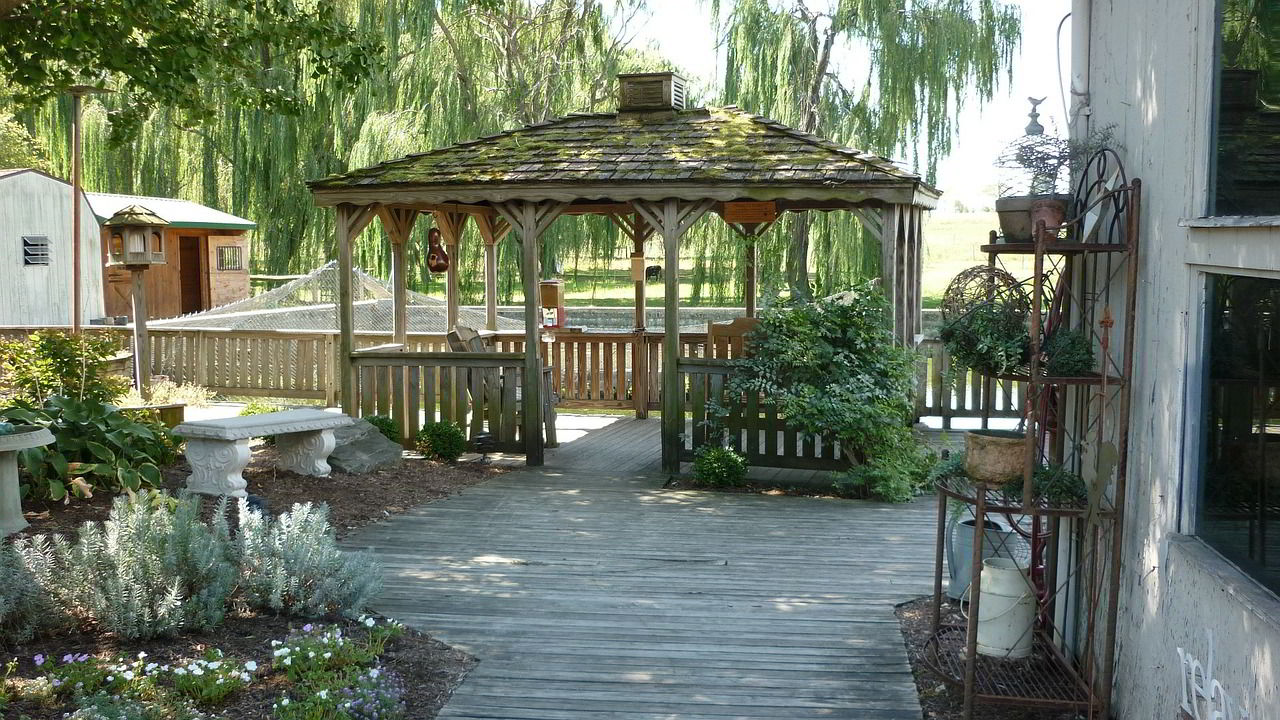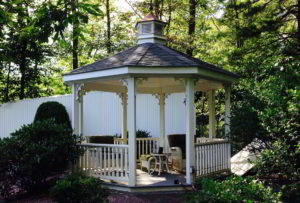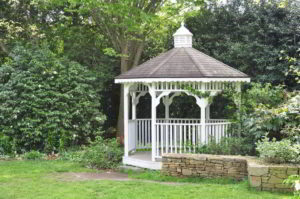5 Things Homeowners Forget To Do When Planning Their Gazebos
 It’s a big decision to buy a gazebo, one requiring careful thought but one you will definitely be glad you made. With the wide array of options available you will find the perfect choice for your yard and your needs; the best gazebo to open up worlds of new enjoyment for you and your family. At the same time, there are five important things homeowners typically forget to do when planning for their structures. Check off these five before you buy, install or build yours and you will save a lot of frustration, time and money.
It’s a big decision to buy a gazebo, one requiring careful thought but one you will definitely be glad you made. With the wide array of options available you will find the perfect choice for your yard and your needs; the best gazebo to open up worlds of new enjoyment for you and your family. At the same time, there are five important things homeowners typically forget to do when planning for their structures. Check off these five before you buy, install or build yours and you will save a lot of frustration, time and money.
1. Check Your Local Zoning Laws
If there are restrictions against if or where you can build a gazebo, there are local zoning laws to inform your progress. They describe what percentage of your property can include building structures. If it will put you over your limit, you may not be allowed to have one. They also describe the height and size of structures you can install on your property. They inform you where any easements are for utilities or right of ways, and any set-back distances required by local laws. All of these important factors can really impact your gazebo building plans so it’s best to know about them before you start.
 2. Check on Local Building Codes
2. Check on Local Building Codes
Once you know you are legally allow to have a gazebo, next you must make sure the gazebo you select meets local building codes. Your local building department can provide a copy of these as well as information on whether or not you will need any permits and/or regular inspections during building/installation. If you don’t comply with all local building codes you can unfortunately incur expensive fines. Once your plan is approved, you are ready to start.
3. Check the Soil and Drainage of Your Building Site
Before you decide the ultimate placement for your permanent gazebo, observe the water drainage paths in your yard and where rain runs off after a storm. A place that floods easily or remains wet for extended periods of time is not the best site. If you plan to place the gazebo close to your house, take into consideration where your downspouts empty and where the emptied water leads to as well. If your home has a septic tank system, don’t place your gazebo anywhere on its drainage field. The site for your vinyl, wood or metal gazebo must have solid soil and not accumulate water.
 4. Discover What is Underneath Your Soil
4. Discover What is Underneath Your Soil
You have your site and your gazebo is ready to build or be delivered. The next step is to “call before you dig” as all utility companies beg their customers to do. Underground there may be electrical or gas lines, television cables, or water pipes where you plan to work. A simple call to your local utility companies will bring them out to mark all your existing lines, if there are any. There is no charge for this service.
5. Talk to Your Neighbor
The last tip is the most frequently over-looked. Be respectful and as a nice gesture inform your neighbors of your plan. It can prevent potential feelings of encroachment if you plan to place your gazebo near property lines. Though not required, it might save you years of aggravation.
Doing these five important things eliminates potential problems and prevents some very unpleasant surprises. Being proactive assures success with finding the best gazebo location and project as a whole meaning you and your loved ones will be able to enjoy using your outdoor space to its full potential for years to come!
Author Bio: Paul C is the main writer for The Garden and Patio Home Guide a site dedicated to providing the best tips and advice to homeowners for their gardens, yards, and patios no matter how big or small!
